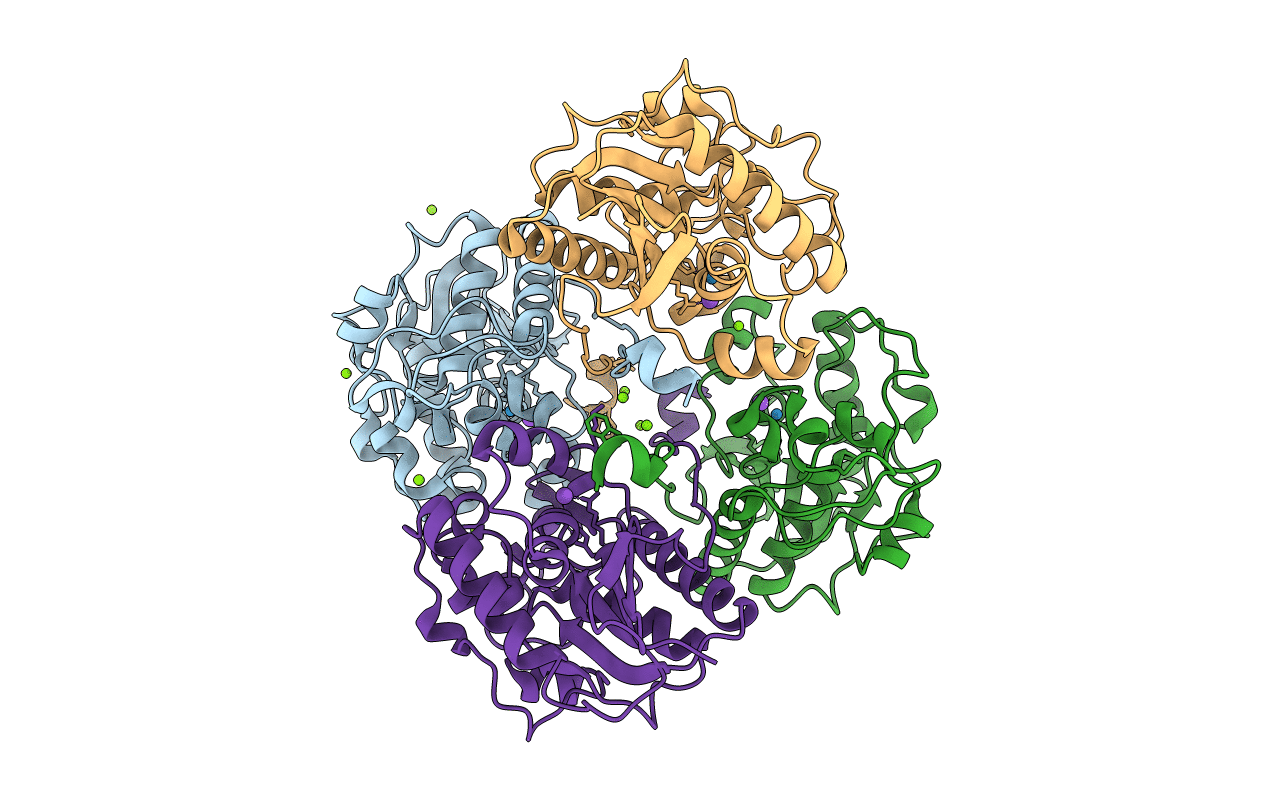
Deposition Date
2008-05-19
Release Date
2009-03-03
Last Version Date
2024-03-13
Entry Detail
PDB ID:
3D6A
Keywords:
Title:
Crystal structure of the 2H-phosphatase domain of Sts-2 in complex with tungstate.
Biological Source:
Source Organism:
Mus musculus (Taxon ID: 10090)
Host Organism:
Method Details:
Experimental Method:
Resolution:
2.25 Å
R-Value Free:
0.25
R-Value Work:
0.20
R-Value Observed:
0.21
Space Group:
P 21 21 21


